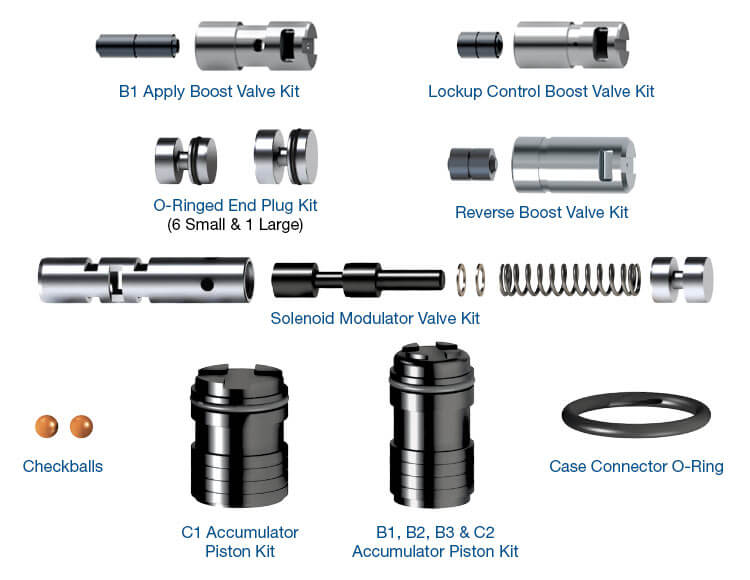These transmission's filters are very much on the coarse side, and I've never heard of one clogging, even on vehicles with well over 200k miles on them. And a proper fluid-replacement procedure does nothing to "agitate sediment", despite much internet speculation to the contrary. No "additives" or "cleaning agents" should ever be added for the purpose of "flushing" during a plain-old fluid replacement (I believe Toyota is quite specific about this).
Multi-vehicle (usually synthetic) fluids
which include a WS application rating work well in these car's transmissions.
Fluid level may be a cause of the strange noise, but I suspect that possibly some other ancillary component (like a water pump or alternator) could be the true cause, with the sound's generation possibly having more to do with the engine's rpm.
---Does your engine's RPM change noticeably when the shift selector is moved?
---Does the noise occur both in Drive and Reverse?
I wouldn't much suspect any suction-side leaks
unless the shop had actually pulled the pan to replace the filter. It's often mentioned that mistakenly leaving the old filter O-ring in place and then adding another one can cause air suction leaks of this sort.
It is all-too-common for these transmissions to have their fluid level set at the wrong temperature (instead of at the correct 95-113F), or using wrong technique, thus leaving the fluid level on the
low side.
Another poster here mentioned that their transmission worked fine for tens of thousands of miles before being found to have been grossly
over-filled.
Perhaps (as new echo owner mentioned) the fluid replacement machine was used incorrectly, as in having not been fully purged of air before starting the fluid replacement procedure(?).
That seems like an easy enough mistake for a busy mechanic to make, but still just a wild-ass-guess on my part.

A common symptom of the fluid level being too
low would be for the transmission to seemingly remain in neutral when first engaging Drive or Reverse
after the transmission has fully cooled overnight. This due to the fluid shrinking and also because of the colder, thicker fluid "hanging up" and thus taking longer to return to the pan. The result is then that the fluid pump draws too much air for the transmission to actually engage any gear (insuffient fluid pressure failing to compress the clutch pack).
I would test this on the coldest possible morning, engaging Drive and Reverse a few times each, while tapping the gas pedal briefly between each gear engagement (
let the engine slow each time before again engaging Drive or Reverse!). This might cause enough fluid to be retained above the pan's fluid level for any low-transmission-fluid-level symptoms to show their hand.
I'm not sure if or how parking on an uphill, downhill or sideways slope would affect any of the above, but might make some difference(???).
These car's transmissions are both warmed and cooled by the engine's coolant, so the fluid warms up fairly quickly as compared to many older cars.







